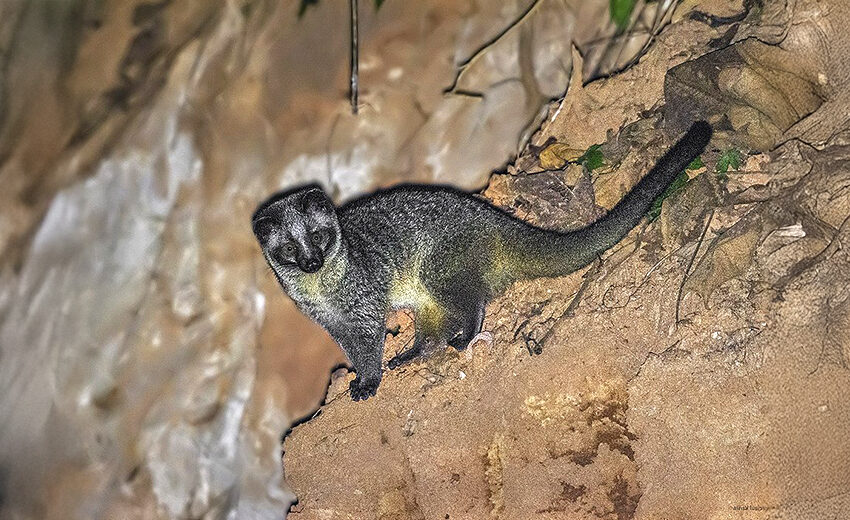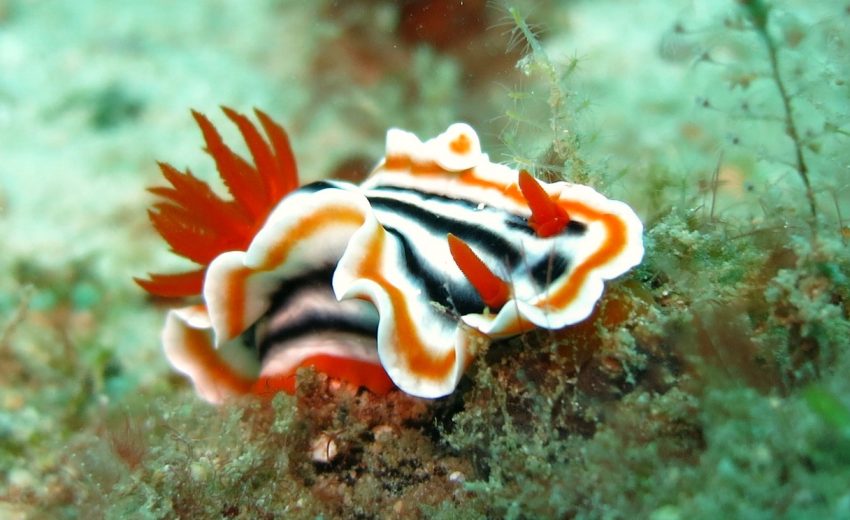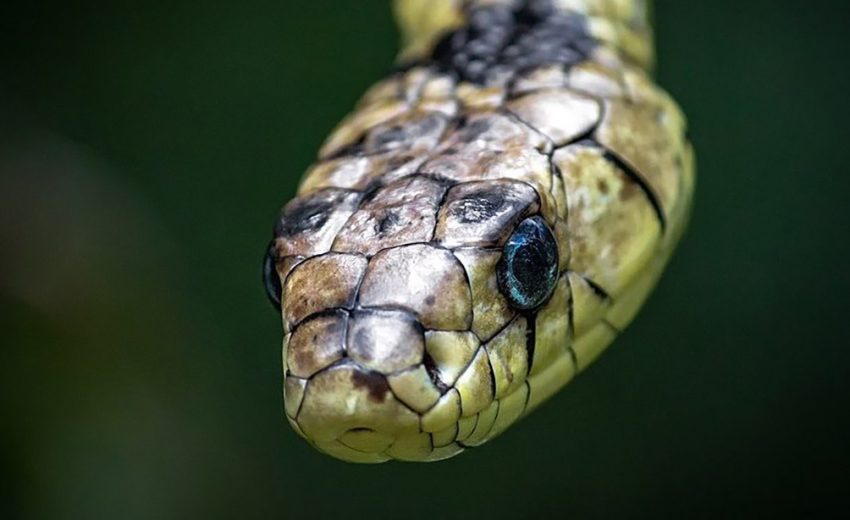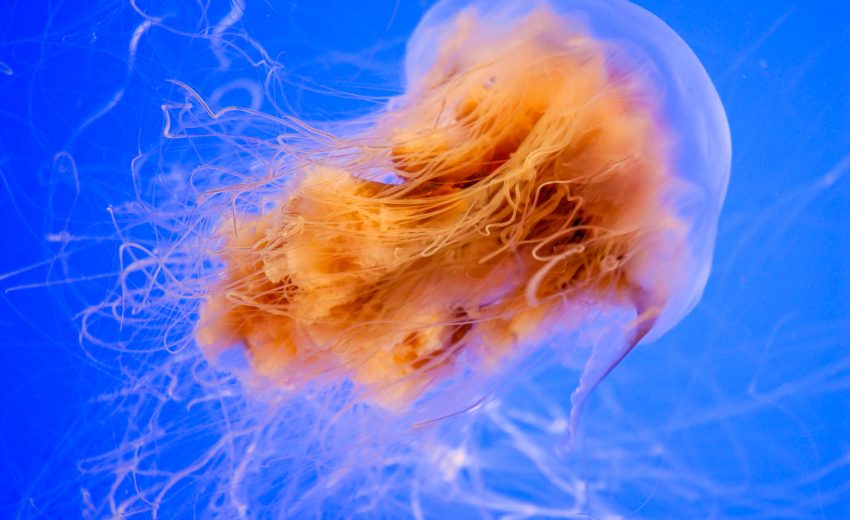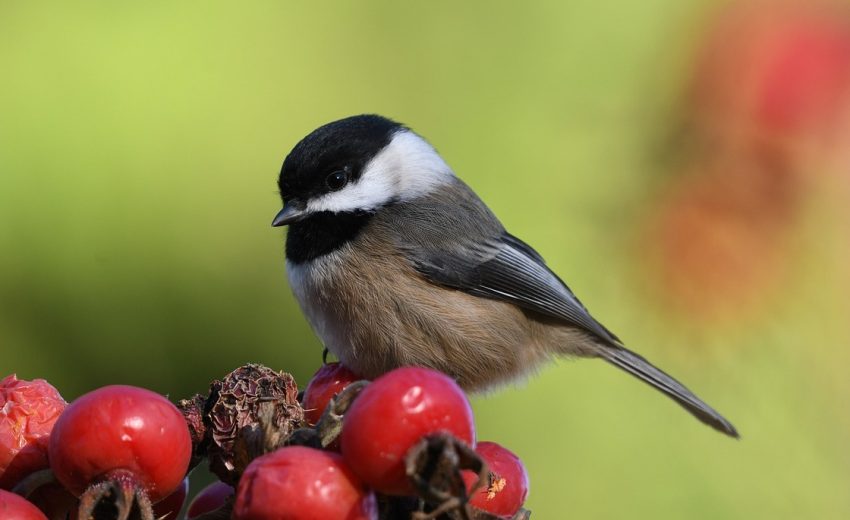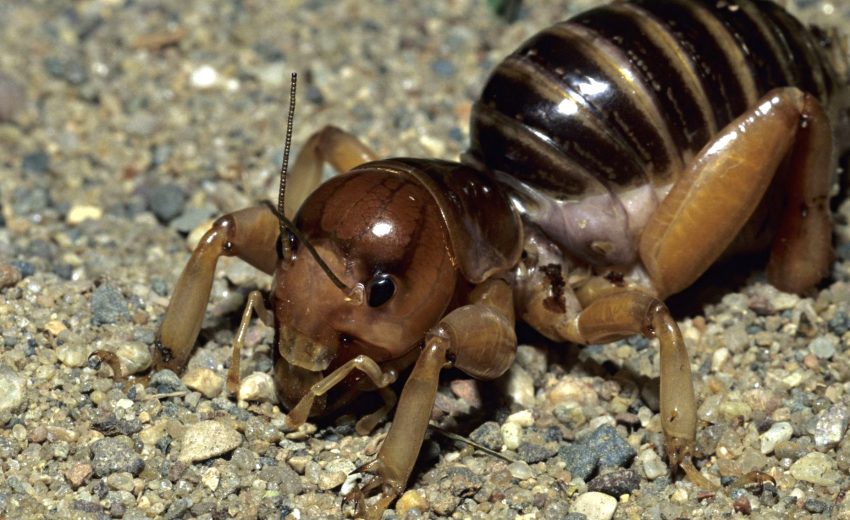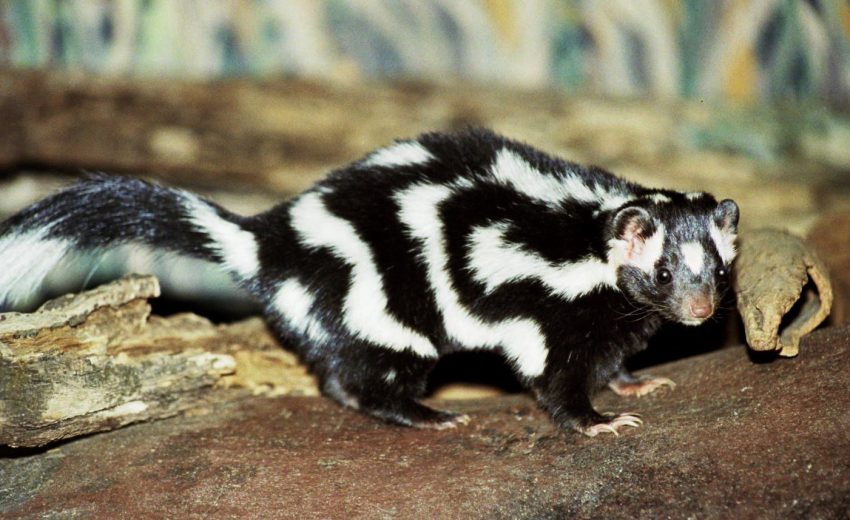The masked palm civet, aka gem-faced civet, can be found among the evergreen and deciduous forests, mountainous regions, rainforests, and even human settlements. They reside in the Indian Subcontinent
- Zoology
- Daily Critter Facts
- For Teachers
- Study Guides
- Diseases & Parasites
- Contact


